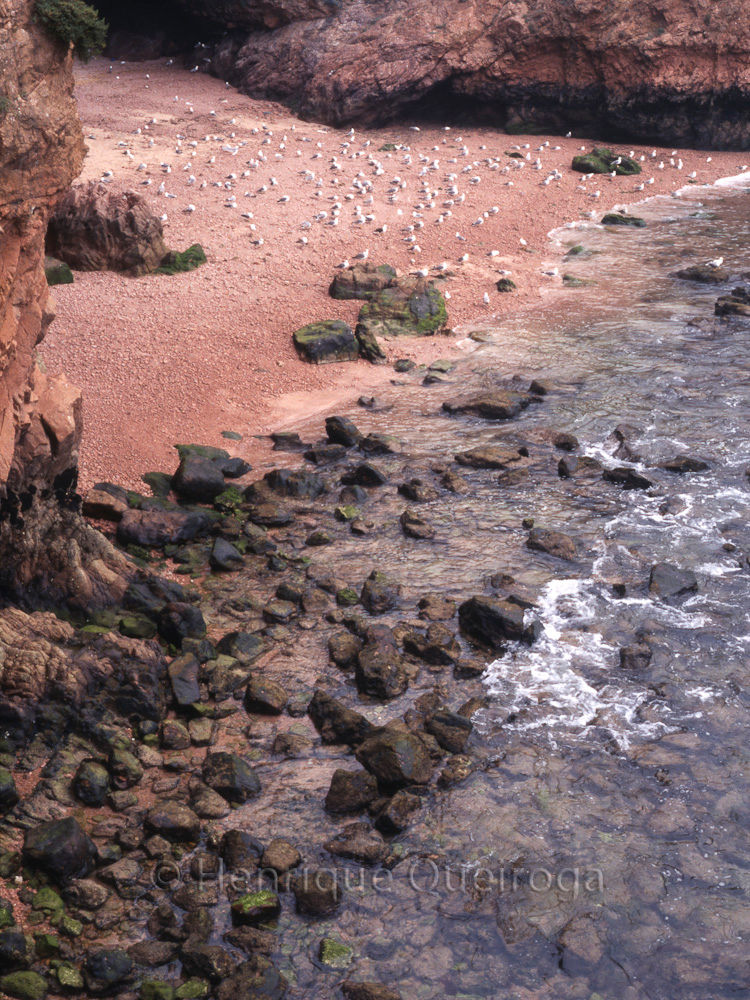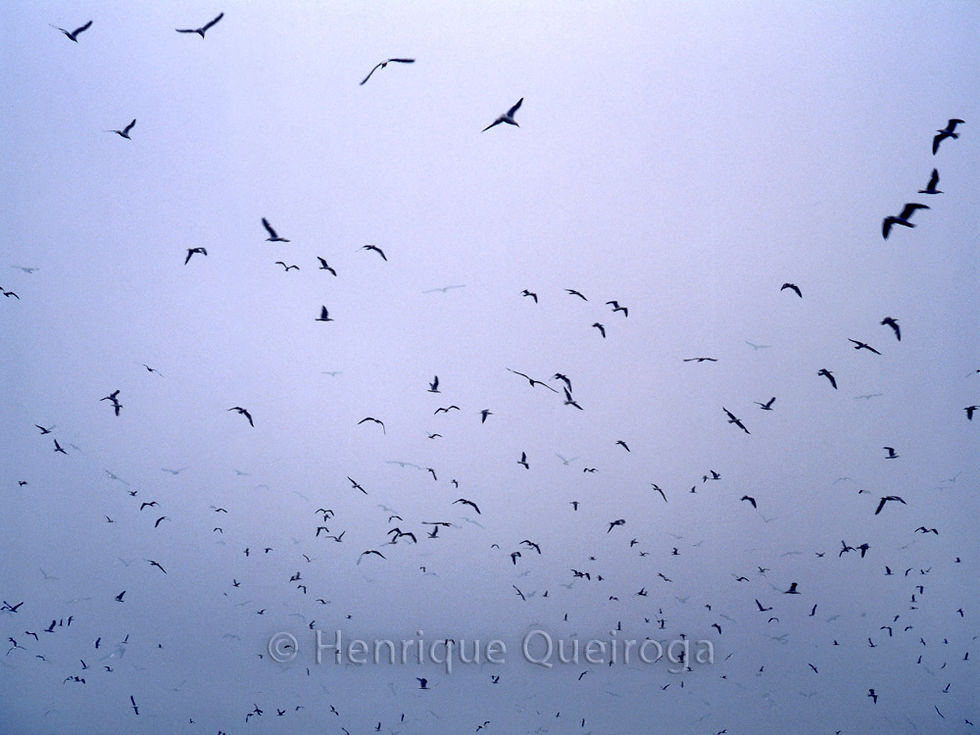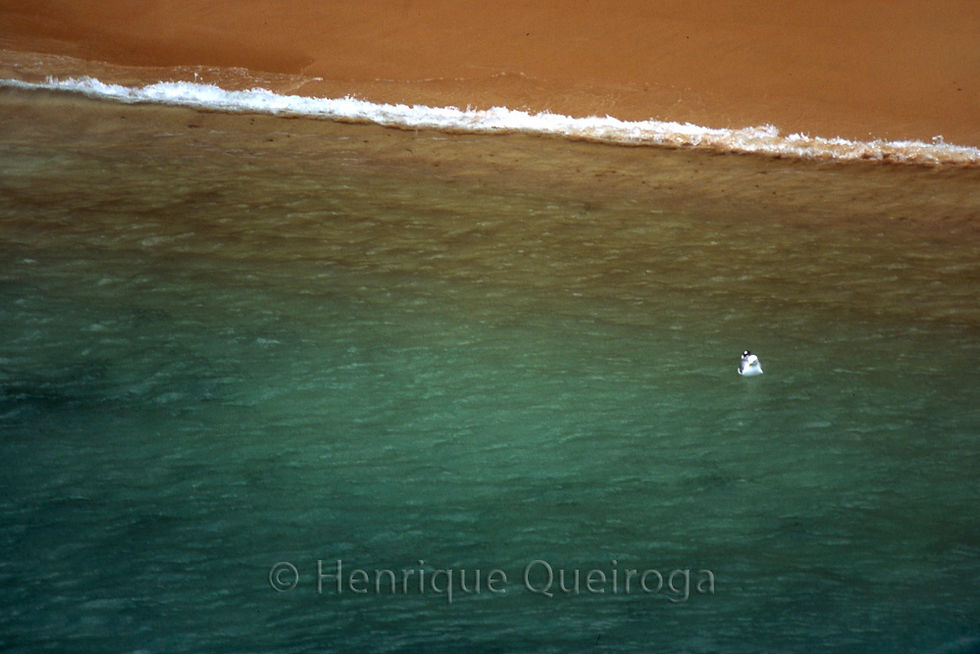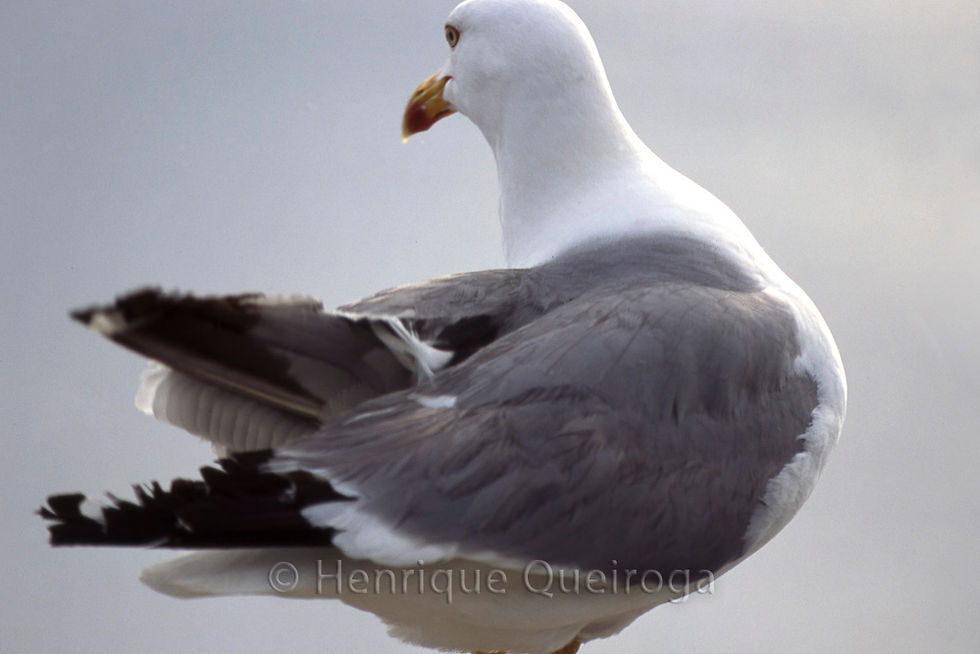Henrique Queiroga
Photography
the Berlengas
























The Berlengas are a group of small islands and rocks located off the central coast of Portugal. The Berlengas do not have permanent population and are deserted most of the year. The archipelago is a complex of metamorphic granite rocks and represents the last vestige of a geological fault block formed as a result of the collision of the Gondwana and Laurasia supercontinents. This group of coastal reefs is located in a zone with a temperate maritime climate and is influenced by seasonal coastal upwelling. It sits at the top of the escarpment of the Nazaré Canyon, one of the most important submarine canyons in the world, and in a transition zone between the Mediterranean and European ecological subregions. This location contributes to the remarkable productivity and diversity of marine species and habitats and to a landscape unique in the region.
The sea surrounding the archipelago is an important feeding zone for many marine birds and mammals. Several seabird species nest on the archipelago and floristic endemisms with important conservation value also occur here. The conservation status of several of these species is a matter of concern. For instance, the number of nesting pairs of the common guillemot dwindled from several thousands 30 years ago, to just a few in recent years, for reasons that scientists and environmentalists do not totally understand. The Berlengas are a National Reserve and a UNESCO Biosphere Reserve.